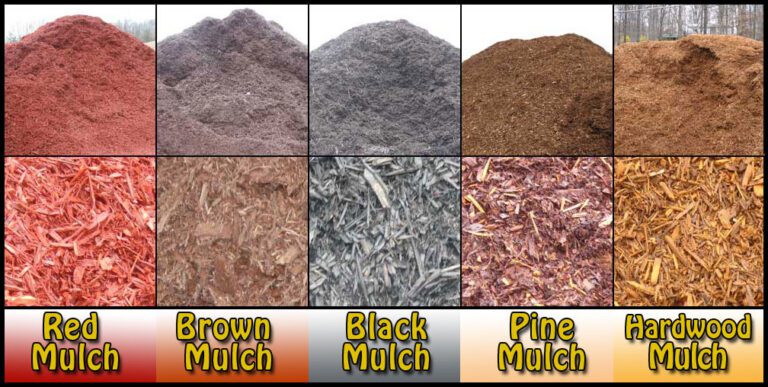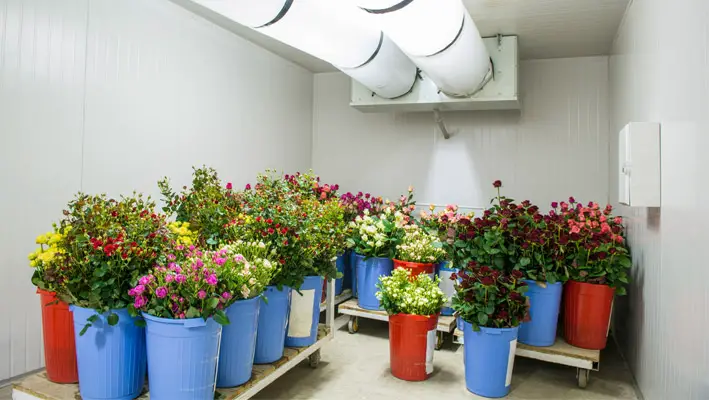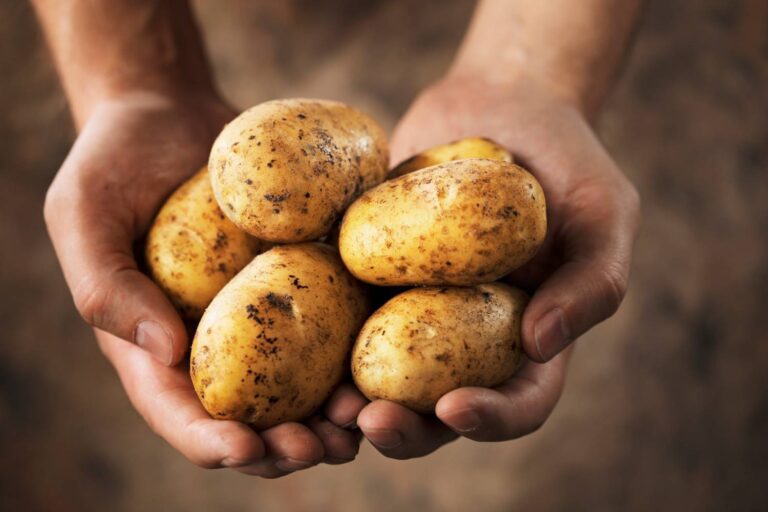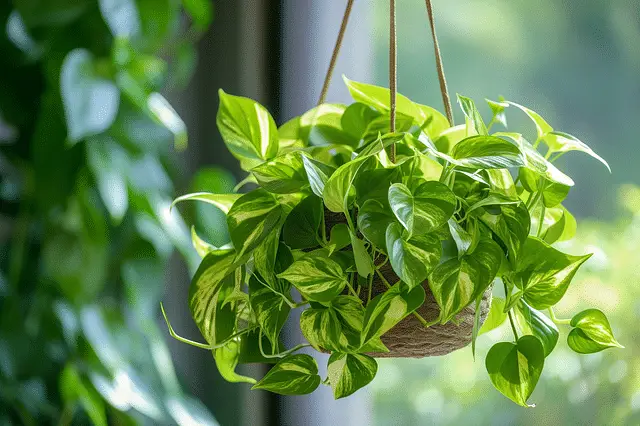Wandering Jew Plant: How to Grow and Care for This Colorful Plant
Table of Contents
Introduction to its Origins and Characteristics
The Wandering Jew plant, scientifically known as Tradescantia zebrina, is a fascinating and visually striking plant that has captured the attention of gardening enthusiasts around the world. Originating from the tropical regions of Mexico, South America, and Central America, this plant has become a popular choice for indoor gardening due to its unique foliage and ease of care.
One of the most distinctive characteristics of the Wandering Jew plant is its colorful leaves. The leaves are oblong and succulent, featuring a striking combination of green, purple, and silver hues, with bold veins that resemble the stripes of a zebra. These eye-catching patterns make the plant a stunning addition to any indoor space, bringing a touch of vibrancy and beauty.
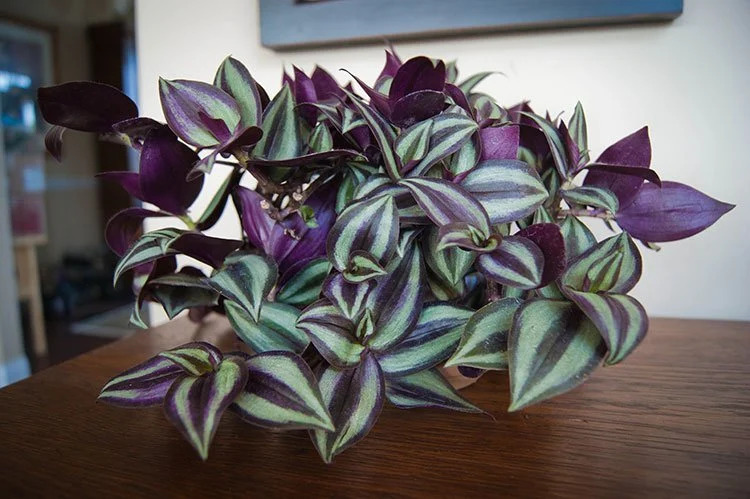
Apart from its aesthetic appeal, the Wandering Jew plant is also known for its trailing growth habit. The long, vining stems can reach a length of up to three feet, making it an excellent choice for hanging baskets, trailing over shelves, or cascading down from elevated surfaces. This trailing habit adds a touch of elegance and versatility to the plant, allowing it to be creatively incorporated into various home decor styles. In addition, the Wandering Jew plant is a relatively low-maintenance plant, making it suitable for both experienced gardeners and beginners alike. Its adaptability and resilience contribute to its popularity as an indoor plant, thriving in a wide range of light and temperature conditions.
Choosing the Right Location: Ideal Light and Temperature Conditions for Your Wandering Jew Plant
Choosing the right location is crucial for the optimal growth and development of your Wandering Jew plant. This beautiful trailing plant thrives best in bright, indirect light. Place it near a window with filtered sunlight to provide the ideal light conditions. Avoid placing it in direct sunlight, as this can scorch the delicate foliage.
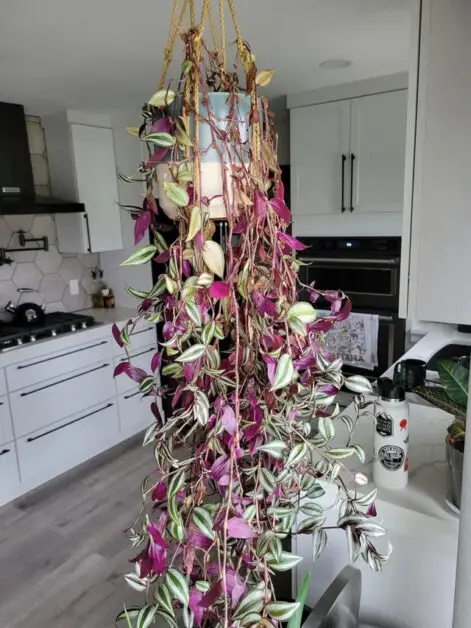
In terms of temperature, the Wandering Jew plant prefers a warm and humid environment. Ideally, keep the temperature between 65°F to 75°F (18°C to 24°C) during the day and around 60°F to 70°F (15°C to 21°C) at night. Avoid exposing the plant to drafts and cold temperatures, as this can lead to stress and damage its growth. By selecting a location with appropriate light and temperature conditions, you can ensure that your Wandering Jew plant thrives and displays its stunning foliage to the fullest.
• Place the Wandering Jew plant near a window with filtered sunlight.
• Avoid direct sunlight, as it can scorch the delicate foliage.
• Maintain a temperature range of 65°F to 75°F (18°C to 24°C) during the day.
• Keep nighttime temperatures around 60°F to 70°F (15°C to 21°C).
• Prevent exposure to drafts and cold temperatures that may cause stress and damage growth.
Selecting the Appropriate Pot and Soil: Providing a Suitable Environment for Growth
Selecting the appropriate pot and soil for your wandering Jew plant is crucial to provide it with a suitable environment for growth. When it comes to choosing a pot, opt for one that offers sufficient drainage. This will prevent water from accumulating in the soil and causing root rot. Additionally, ensure that the pot has enough room for the plant’s root system to expand comfortably. This will allow the wandering Jew plant to establish a strong foundation and promote healthy growth.
This table will help you create an optimal environment for Jew plant growth, focusing on pot size, soil type, drainage, and other factors crucial for its well-being:
| Consideration | Description |
|---|---|
| Pot Size | Choose a pot that allows for adequate root growth. For Jew plants, a pot with a diameter of 6-8 inches is suitable for small plants, with larger ones requiring bigger pots. |
| Drainage | Ensure the pot has drainage holes to prevent waterlogging, which can lead to root rot. |
| Material | Opt for pots made of breathable materials like terracotta or porous ceramic, promoting better airflow to the roots. |
| Soil Type | Use well-draining soil with good aeration. A mix of potting soil, perlite, and peat moss or coconut coir works well for Jew plants. |
| pH Level | Aim for slightly acidic to neutral soil pH (around 6.0-7.0) for optimal growth of Jew plants. |
| Nutrient Content | Consider using a soil mix enriched with organic matter or a balanced fertilizer to support healthy growth. |
| Soil Moisture Retention | Balance water retention with good drainage to prevent waterlogging while ensuring adequate moisture for the plant. |
| Re-potting | Plan for occasional re-potting as the Jew plant grows to provide sufficient space for root expansion. |
In terms of soil, a well-draining mix is key for the wandering Jew plant. A combination of potting soil and perlite or sand works well to provide adequate aeration and prevent waterlogged conditions. The soil should retain some moisture, but not be constantly saturated. This will allow the roots to access the necessary nutrients while also preventing the plant from becoming waterlogged. It is also recommended to use a soil mix that is slightly acidic to neutral in pH, as wandering Jew plants prefer a slightly acidic to neutral soil environment for optimal growth.
Watering Techniques: Maintaining Proper Moisture Levels for a Thriving Wandering Jew Plant
Proper watering techniques are essential for the health and vitality of your Wandering Jew plant. It is important to maintain the right moisture levels to ensure optimal growth and prevent issues such as root rot. So, how do you water your Wandering Jew plant effectively?
Firstly, let’s talk about the frequency of watering. Wandering Jew plants prefer slightly moist soil but do not tolerate overwatering well. As a general rule, water your plant when the top inch of soil feels dry to the touch. Depending on the climate and temperature conditions, this may range from once or twice a week. It’s important to monitor the soil moisture regularly and adjust your watering schedule accordingly.
When watering your Wandering Jew plant, aim for thorough but gentle watering. Avoid using a strong jet of water that might disturb the delicate foliage. Instead, use a watering can or a hose with a fine nozzle to ensure an even distribution of water. Make sure the water penetrates the entire root ball and reaches the bottom of the container. Allow any excess water to drain out completely to prevent waterlogging. Remember, consistency is key when it comes to watering your Wandering Jew plant for long-lasting health and vibrancy.
Fertilizing Tips: Nourishing Your Plant for Vibrant Foliage and Blooms
Fertilizing plays a crucial role in nourishing your Wandering Jew plant and ensuring its foliage remains vibrant while promoting healthy blooms. The right balance of nutrients is essential for its overall growth and development. When choosing a fertilizer, opt for a balanced, water-soluble formula specifically formulated for houseplants.
To provide your Wandering Jew plant with optimal nutrition, apply the fertilizer according to the manufacturer’s instructions. Generally, it is recommended to dilute the fertilizer to half or even a quarter of the recommended strength. This helps prevent over-feeding, which can lead to nutrient burn and other detrimental effects on the plant’s health.
It is important to note that fertilizing frequency may vary depending on factors such as the season, growth rate, and environmental conditions. As a general guideline, during the active growing season of spring and summer, fertilize your plant every two to four weeks. However, during the dormant period in fall and winter, reduce the frequency to every six to eight weeks. This adjustment ensures that your Wandering Jew plant receives the appropriate nutrients at the right times, aligning with its natural growth cycle.
This table outlines the fertilizing tips specifically for the Jew plant (Tradescantia zebrina) to nourish it for vibrant foliage and blooms:
| Tip | Description |
|---|---|
| Fertilizer Type | Choose a balanced liquid fertilizer with equal N-P-K (nitrogen-phosphorus-potassium) ratio or slightly higher in nitrogen. |
| Fertilizing Schedule | Apply fertilizer diluted to half-strength every two to four weeks during the growing season (spring and summer). |
| Timing | Begin fertilizing when the plant starts showing active growth in spring, continuing through summer for best results. |
| Application Method | Apply the diluted fertilizer directly to the soil, avoiding contact with the leaves to prevent potential burning or damage. |
| Watering after Fertilizing | Water the plant thoroughly after fertilizing to help distribute the nutrients throughout the soil and root system. |
| Monitoring Plant Response | Observe the plant for any signs of nutrient deficiency or excess. Adjust the fertilizing frequency or strength accordingly. |
| Winter Fertilization Adjustment | Reduce or stop fertilization during the plant’s dormant winter period when growth slows down. |
Remember, proper fertilization is just one part of maintaining a healthy Wandering Jew plant. Providing adequate light, maintaining suitable moisture levels, and implementing other essential care practices are equally important. By adhering to these fertilizing tips and taking a holistic approach to care, you can promote vibrant foliage and encourage beautiful blooms in your Wandering Jew plant.
Propagation Methods: Expanding Your Wandering Jew Plant Collection
Propagation is an excellent way to expand your collection of Wandering Jew plants. There are a few different methods you can use to propagate these vibrant and unique plants. One popular method is stem cutting propagation. To do this, simply cut a healthy stem just below a leaf node, making sure the cutting is around 4-6 inches long. Remove any leaves from the lower portion of the cutting, leaving a few at the top. Dip the cut end in a rooting hormone to encourage root growth, then place the cutting in a well-draining potting mix. Keep the soil moist but not waterlogged, and within a few weeks, you should start to see roots forming. Once the roots are established, you can transfer the cutting to a larger pot or directly into the garden.
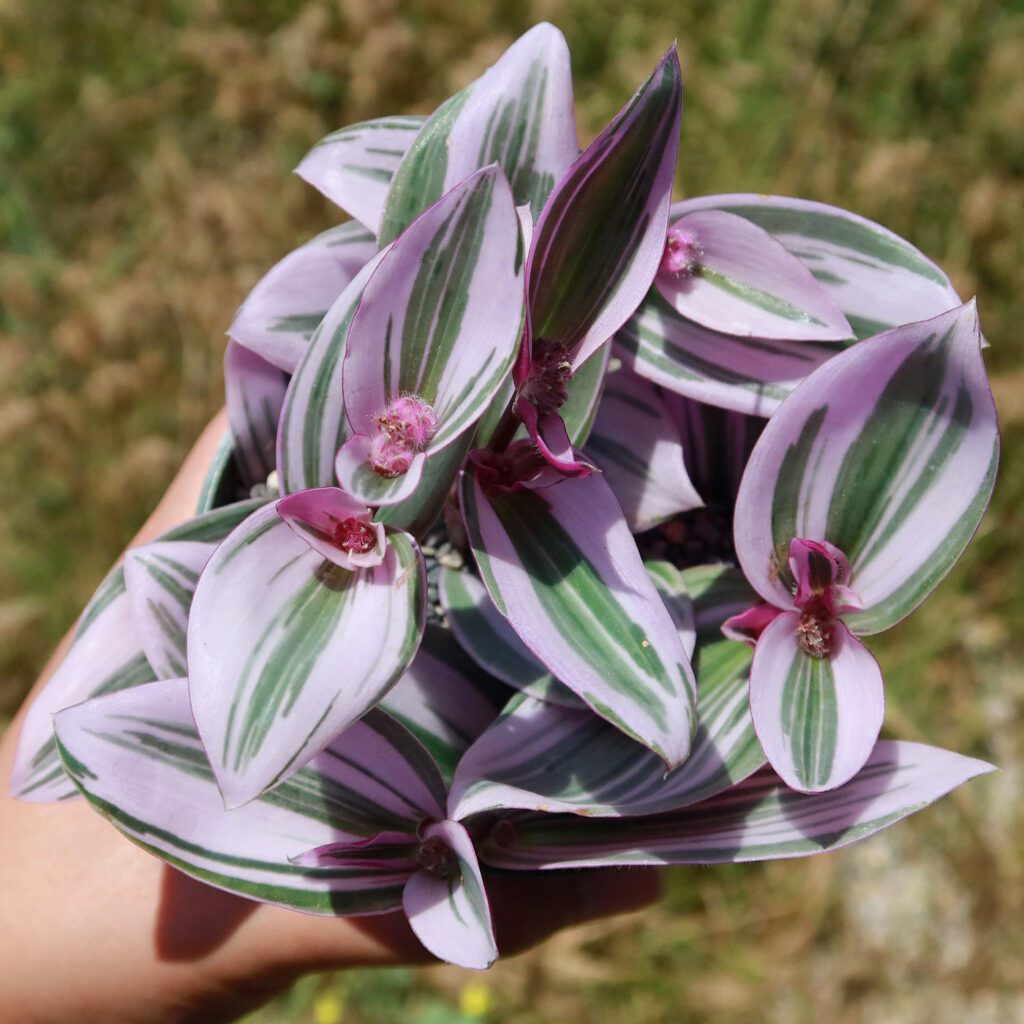
Another propagation method for Wandering Jew plants is division. This works well if your plant has multiple stems or clusters. Carefully remove the plant from its pot and gently separate the clusters, making sure each division has its own roots. You can then replant each division into its own pot or location, ensuring it receives adequate light, water, and nutrients for healthy growth. Division is a great way to quickly multiply your Wandering Jew collection, and it can also help rejuvenate older plants that have become crowded or leggy.
Pruning and Trimming: Keeping Your Wandering Jew Plant Well-Groomed and Healthy
Pruning and trimming are essential tasks for keeping your Wandering Jew plant well-groomed and healthy. Regularly removing dead or yellowing leaves not only improves the plant’s appearance but also promotes better growth and vigor. Trimming back overgrown stems helps maintain a compact and bushy shape, preventing the plant from becoming leggy.
When pruning your Wandering Jew plant, it’s important to use clean and sharp tools to avoid damaging the plant. Before making any cuts, assess the overall condition of the plant and identify any areas that require attention. Start by removing any dead or dying leaves, cutting them as close to the base as possible. If you notice any stems that have become overly long or straggly, trim them back to a suitable length, just above a leaf node.
Here’s how you can prune your wandering hew plant, watch this video to know more!
Remember, the Wandering Jew plant has a tendency to grow quickly and vigorously, so frequent pruning may be needed to keep it in check. Regular maintenance helps prevent the plant from becoming unruly and promotes a healthier and more attractive appearance. With proper pruning and trimming, you can enjoy a well-groomed Wandering Jew plant that thrives in your home or garden.
Dealing with Pests and Diseases: Common Issues and Effective Control Measures
Pests and diseases can pose a significant threat to the health and vitality of your wandering jew plant. Common issues include spider mites, aphids, and fungal diseases. Spider mites are tiny insects that suck the sap from the leaves, causing them to become yellow and mottled. Aphids, on the other hand, are small, soft-bodied insects that cluster on the new growth, secreting a sticky residue and causing deformation.
To effectively control these pests, it is crucial to regularly inspect your plant for any signs of infestation. If you notice spider mites or aphids, you can use a mild insecticidal soap or neem oil to combat the problem. Be sure to thoroughly spray the affected areas, including the undersides of leaves, to ensure maximum effectiveness.
Fungal diseases are another common issue that can affect wandering jew plants. Symptoms include yellowing and wilting leaves, as well as the presence of powdery or fuzzy growth on the foliage. To prevent the occurrence of fungal diseases, it is essential to avoid overwatering and ensure proper air circulation around the plant. If you notice any signs of disease, promptly remove and destroy the affected leaves or plants to prevent further spread. Additionally, you can apply a fungicide that is specifically formulated for houseplants to help control the problem.
Taking proactive measures to prevent and address common pests and diseases will go a long way in maintaining the health and beauty of your wandering jew plant. By regularly monitoring your plants, implementing appropriate control measures, and providing optimal growing conditions, you can enjoy a thriving and pest-free plant in your home or garden.
Repotting Guide: When and How to Repot Your Wandering Jew Plant
Repotting is an essential aspect of caring for your Wandering Jew plant, ensuring its continued health and vitality. So, when is the right time to repot? Generally, you should consider repotting your plant when it has become root-bound, meaning its roots have outgrown the current container and are protruding from the drainage holes or densely coiled. This usually occurs every one to two years, depending on the growth rate of your plant. Keeping an eye on the root system is crucial, as overcrowded roots can lead to stunted growth and poor nutrient absorption.
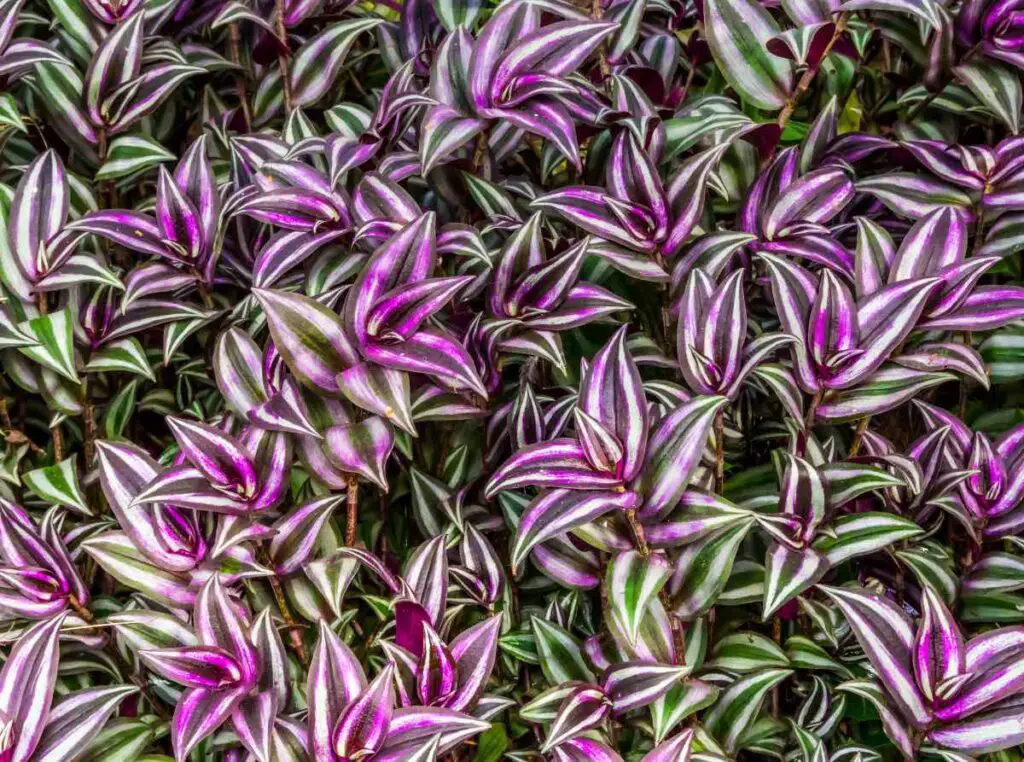
In terms of the best season to repot your Wandering Jew plant, early spring or late winter is usually recommended. This is because the plant is entering its growing season, and repotting during this period promotes faster root development and establishment. Additionally, the plant will have ample time to adapt to its new container and environment before the following dormant season. However, if you notice signs of distress or if you suspect a root-related issue, such as root rot or excessive moisture retention, immediate repotting may be necessary regardless of the season.
Enhancing Humidity: Creating a Humid Environment to Promote Growth
Creating a humid environment is crucial for promoting the growth of your Wandering Jew plant. This tropical plant thrives in high humidity levels, replicating its natural habitat. Adequate humidity provides a moist atmosphere that encourages optimal growth and helps prevent issues such as leaf wilting and browning.
One effective method of enhancing humidity is placing a humidifier near your Wandering Jew plant. A humidifier releases moisture into the air, increasing the humidity levels in the surrounding environment. This is especially beneficial during dry seasons or in regions with low humidity. Another option is to group your Wandering Jew plant with other moisture-loving plants. As plants release moisture through transpiration, grouping them together creates a microclimate that increases humidity. Ferns, orchids, and peace lilies are excellent companions for your Wandering Jew plant, as they all enjoy high humidity. Additionally, misting your Wandering Jew plant with water daily can also raise humidity levels temporarily. However, be cautious not to overdo it, as excessive moisture can lead to fungal diseases. Maintaining consistent humidity levels will give your Wandering Jew plant the ideal environment it needs to thrive.
Managing Growth and Size: Controlling the Spread of Your Wandering Jew Plant
Controlling the spread of your Wandering Jew plant is a crucial aspect of managing its growth and size. This charming plant has a tendency to grow vigorously, sending out long, trailing vines that can quickly overtake its surroundings if left unattended. To maintain a controlled and compact growth habit, there are a few strategies you can employ.
Firstly, regular pruning and trimming are essential. By regularly removing overgrown or wayward stems, you can encourage a bushier and more compact form. Use sharp and clean pruning shears to make clean cuts just above a leaf node. This will not only help manage the size of your Wandering Jew plant but also promote new growth and prevent the plant from becoming leggy.
Another effective method of controlling the spread of your Wandering Jew plant is through root division. This technique involves carefully removing the plant from its pot, separating the root ball into smaller sections, and replanting them in individual pots. By dividing the roots, you can not only manage the plant’s size but also create new plants to expand your collection or share with fellow gardening enthusiasts. When performing root division, ensure each new section has a sufficient amount of roots and foliage to sustain itself. Additionally, be sure to use well-draining soil and provide adequate water and light to aid in their successful establishment.
Want to grow your jew plant bigger? Here’s how you can do that!
By employing these techniques, you can effectively manage the growth and size of your Wandering Jew plant, allowing it to thrive without overpowering its surroundings. With proper care and attention, you can enjoy this beautiful plant’s vibrant foliage while maintaining a tidy and well-maintained garden or indoor space.
Companion Planting: Pairing Your Wandering Jew Plant with Complementary Species
When it comes to companion planting, choosing the right species to grow alongside your Wandering Jew plant can have numerous benefits. By selecting complementary plants, you can not only enhance the visual appeal of your garden but also promote better growth and overall health for your Wandering Jew.
One excellent companion plant for the Wandering Jew is the Spider Plant (Chlorophytum comosum). Both plants share similar light and temperature requirements, making them a perfect match. Additionally, the Spider Plant’s cascading leaves provide a beautiful contrast to the trailing foliage of the Wandering Jew. The two plants can be grown together in hanging baskets or placed side by side in a flower bed to create a stunning display of vibrant colors and textures.
Seasonal Care: Adjusting Your Wandering Jew Plant’s Care Routine throughout the Year
Adjusting the care routine of your Wandering Jew plant throughout the year is essential to ensure its health and vitality in different seasons. Each season brings unique challenges and requirements for the plant, and adapting your care practices accordingly will help it thrive.
During the spring and summer months, when the Wandering Jew plant experiences its peak growth, it requires more frequent watering and fertilizing. As the temperatures rise, the plant’s water needs increase, so it’s important to monitor the moisture levels in the soil and water accordingly. Fertilize the plant every two weeks with a balanced, water-soluble fertilizer to provide it with the necessary nutrients for optimal growth. Additionally, ensure that it receives adequate sunlight, as the longer days and increased sunlight intensity promote strong development.
In contrast, as the seasons transition to fall and winter, the Wandering Jew plant enters a dormant phase. During this time, it needs less water and fertilizer, as its growth slows down. Reduce watering and allow the soil to dry out slightly between watering sessions. Be cautious not to overwater, as excess moisture can lead to root rot and other issues. As for fertilization, only feed the plant once every two months, using a diluted fertilizer. Furthermore, consider providing the plant with extra protection from cold drafts or low temperatures, as it prefers temperatures above 50°F (10°C). By adjusting your care routine accordingly, you can help your Wandering Jew plant navigate the changing seasons and maintain its vibrancy throughout the year.
Trou
Troubleshooting common issues that may arise with your Wandering Jew plant is essential to ensure its optimal health and vitality. Despite its resilience, this plant can encounter various problems that can hinder its growth and beauty. By familiarizing yourself with these challenges, you can promptly address them and safeguard the well-being of your Wandering Jew.
One common issue gardeners may face is leaf browning or yellowing. This can be caused by overwatering, nutrient deficiencies, or direct sunlight exposure. To prevent such problems, ensure that you provide your Wandering Jew with the appropriate amount of water, allowing the soil to dry out slightly between watering sessions. Additionally, consider incorporating a balanced fertilizer into your plant care routine to provide essential nutrients. If direct sunlight is causing leaf damage, move your plant to a location with filtered or indirect light. By addressing these factors, you can maintain vibrant foliage and a thriving Wandering Jew.
How often should I water my Wandering Jew plant?
The frequency of watering will depend on various factors such as the season, temperature, and humidity levels. As a general guideline, water your Wandering Jew plant when the top inch of soil feels dry to the touch.
Can I use tap water to irrigate my Wandering Jew plant?
Tap water can be used for watering your Wandering Jew plant, but it’s important to note that some tap water may contain high levels of chlorine or fluoride, which can be harmful to the plant. If possible, it is recommended to use filtered or distilled water.
Is it normal for my Wandering Jew plant to lose leaves?
It is normal for Wandering Jew plants to shed some leaves as they grow and mature. However, if you notice excessive leaf loss or yellowing leaves, it may indicate an issue with watering, lighting, or nutrient deficiencies.
How do I propagate my Wandering Jew plant?
Wandering Jew plants can be easily propagated through stem cuttings. Simply cut a healthy stem just below a node, remove the lower leaves, and place the cutting in a glass of water or directly in moist soil. Roots will develop, and a new plant will grow.
What are some common pests that can affect my Wandering Jew plant?
Common pests that can affect Wandering Jew plants include spider mites, aphids, and mealybugs. Regularly inspect your plant for signs of infestation, such as webbing, tiny insects, or sticky residue on the leaves. Treat the infestation promptly using appropriate insecticides or organic pest control methods.
Can I place my Wandering Jew plant outdoors during the summer months?
Wandering Jew plants can tolerate some outdoor exposure during the summer months, but they prefer partial shade rather than direct sunlight. Make sure to gradually acclimate the plant to outdoor conditions to prevent sunburn and monitor for any signs of stress.
What should I do if my Wandering Jew plant becomes too leggy?
If your Wandering Jew plant becomes leggy with long, thin stems, it may indicate a lack of light. Try moving the plant to a brighter location or supplement with artificial grow lights to encourage more compact growth.
How do I know if my Wandering Jew plant needs to be repotted?
You may need to repot your Wandering Jew plant if it becomes root-bound, meaning the roots have outgrown the current pot. Signs of a root-bound plant include roots growing out of the drainage holes or the plant becoming top-heavy. Repot in a slightly larger pot with fresh, well-draining soil.
Can I place my Wandering Jew plant near a drafty window?
It is best to avoid placing your Wandering Jew plant near drafty windows or areas with fluctuating temperatures. These plants prefer stable temperatures and can be sensitive to cold drafts, which can lead to stress and leaf damage.
Can I use chemical fertilizers on my Wandering Jew plant?
Chemical fertilizers can be used on Wandering Jew plants, but it is important to follow the instructions and avoid overfertilizing. Alternatively, organic fertilizers or slow-release granules can provide a more gentle and balanced nutrient supply for your plant.

Pallavi Gupta is a burgeoning writer at SouthElMonteHydroponics, blending her passion for data analysis with a keen interest in biotechnology. Currently pursuing a Bachelor’s in Biotechnology at Amity University, Pallavi delves into the intricacies of life sciences while gaining hands-on experience in the exciting world of data analysis. Her unique background provides a fresh perspective on hydroponic farming, as she explores the intersection of biotechnology and sustainable agriculture. Through her writing, Pallavi aims to bridge the gap between data-driven insights and innovative farming practices, inspiring others to harness technology for a greener future.


